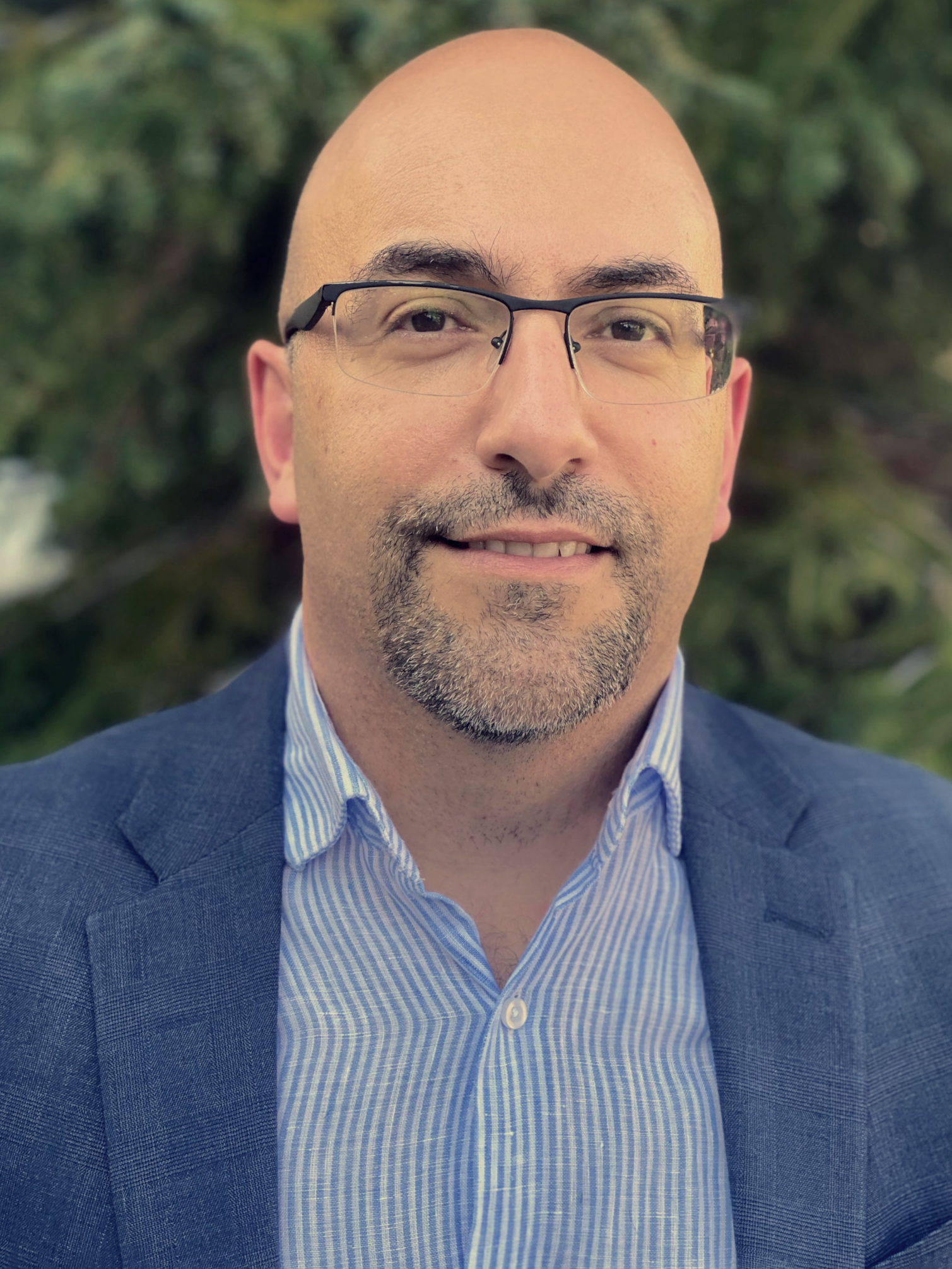U of A toxicology expert works to unravel the mysteries of free radicals and adverse drug reactions
20 November 2024

Dr. Arno Siraki
Arno Siraki is a professor and the director of graduate studies in the Faculty of Pharmacy and Pharmaceutical Sciences at the University of Alberta. He received his BSc(Hon), MSc and PhD from the University of Toronto and completed postdoctoral studies at the National Institute of Environmental Health Sciences in North Carolina. He was recruited to the U of A in 2008.
We caught up with Siraki to learn more about his current research.
What is the focus of your research?
I have more than one research focus: Foundational mechanisms of clozapine adverse drug reactions; the use and applications of rapid-scan electron paramagnetic resonance (RS-EPR) spectroscopy for free radical analysis; and pre-clinical screening arrays for new chemical entities.
Why is your research important?
First, clozapine is an antipsychotic drug that is reserved for patients who have treatment-resistant schizophrenia, meaning these patients can get relief from their symptoms from this drug only. The problem is that clozapine has serious warnings associated with its use. Our research, funded by CIHR, aims to uncover the unknown targets of clozapine (ClozarilⓇ) using multiple collaborative approaches. This multidisciplinary approach will hopefully shed light on the “off-target” effects of clozapine using click-chemistry proteomics. We also plan to evaluate if we can prevent these unwanted effects by repurposing an existing drug with known antioxidant benefits called edaravone (RadicavaⓇ).
Second, free radicals (or just "radicals") are usually unstable molecules with one or more unpaired electrons. Free radical analysis is important in many different fields, including life sciences, engineering and pharmaceuticals, because it offers insight into "why" an observation is occurring. The "rapid-scan" aspect of EPR spectroscopy is the most recent advance in equipment infrastructure (funded by the Canada Foundation for Innovation, the Government of Alberta, U of A VP Research and Innovation, and the Faculty of Pharmacy and Pharmaceutical Sciences), which will allow significantly greater sensitivity in the detection of radicals. The rapid-scan EPR is the first of its kind in Canada.
Lastly, new chemical entities are molecules that could potentially become drugs one day. However, they require rigorous testing before making it to market. Through a Mitacs grant with Applied Pharmaceutical Innovation as the industrial partner, we provide trainees with opportunities to develop rapid tests to screen for compounds synthesized by U of A researchers to help with the early phase of drug discovery.
What impact is your research making or do you hope it will make in the future?
Our research on clozapine toxicity has the potential to reveal unknown targets of this important antipsychotic medication. The findings from this study can provide a better understanding of the harmful side-effects of clozapine, and potentially reveal unknown targets that may be responsible for its beneficial functions. Ideally, we would understand more about clozapine and improve drug safety in particular with our studies aimed at repurposing the antioxidant drug, edaravone.
There is great potential to advance academic and industrial activity using the RS-EPR spectrometer. I have named this research infrastructure the Advance Radical Metabolite Analysis Laboratory, or simply, the ARMA Lab. We have already made contributions to academic laboratories at the university and with other institutions as well. The detection and characterization of radicals provide a unique insight into biological processes related to cellular health and functions, engineering applications about what radicals are involved in the breakdown of pollutants, and a unique window into the fluidity of biological and synthetic membranes, providing insight about cell membrane health and drug delivery potential. The unique expertise and infrastructure of the ARMA Lab will advance our understanding of radicals in many different research areas.
We have established testing arrays to evaluate new molecules for potential toxicity. This setup has been designed to be useful to researchers who are developing new molecules and require testing during the research phase of drug development.
What first drew you to this area of study?
What drew me into the field of toxicology, in general, was the duality of oxygen. This vital molecule is life-giving and is also involved in chemical toxicity and disease pathogenesis. Oxygen is vital for respiration from the organism level down to the cellular and molecular level. However, we don't usually think of oxygen as a radical, which it indeed is. Of course, it is stable compared to other reactive radicals. Still, its chemistry allows it to participate in reduction and oxidation reactions in the body that can convert oxygen into more reactive radical species. The movement of electrons and the impact of such atomic actions on biological systems is what has drawn me to this area, and keeps me here too.
What’s the No. 1 piece of advice you give your students?
I have mottos: Work smart, not hard. Read the literature. Patience and perseverance are your allies. You're never alone. If you're facing a wall that you can't break through, change the direction. Keep your eyes on the future horizon, but check in front of you often so you avoid falling into a pothole.
What is something your colleagues would be surprised to learn about you?
I achieved a black belt in Kuk Sool Hapkido … seemingly in a different life!